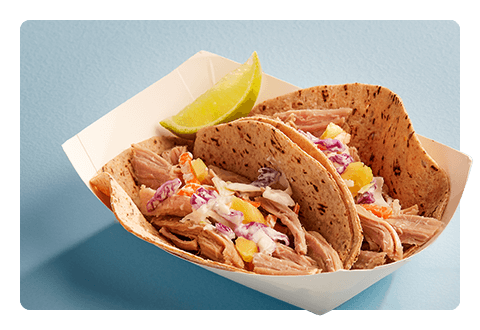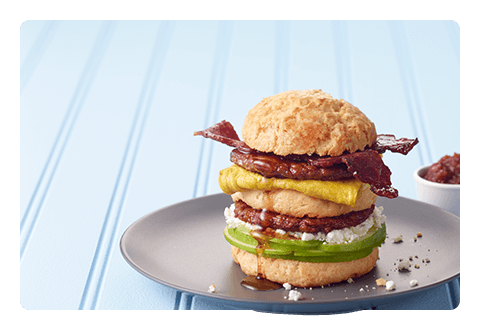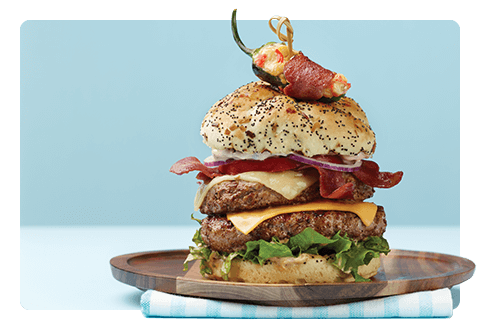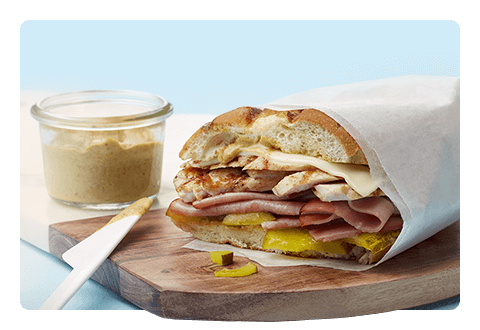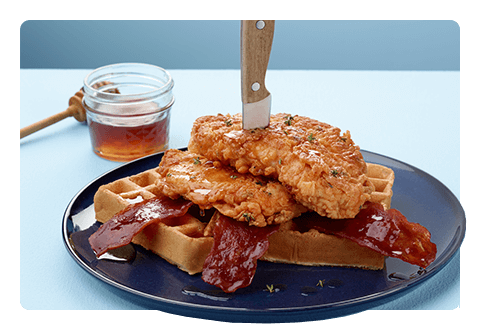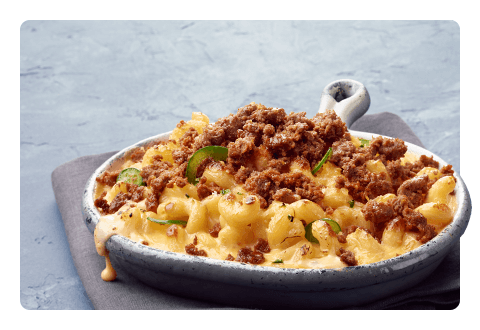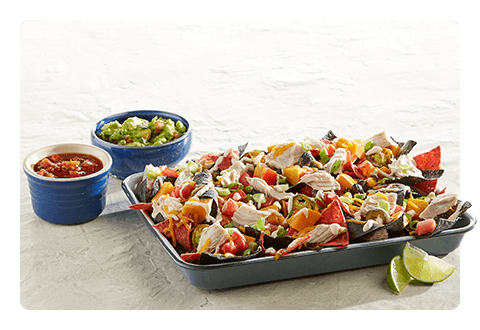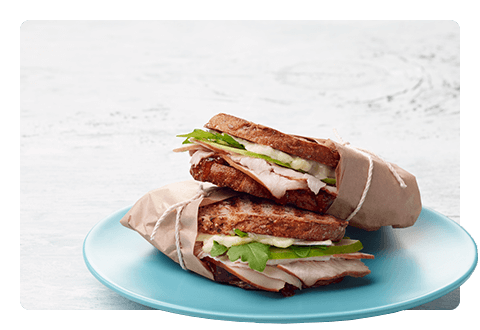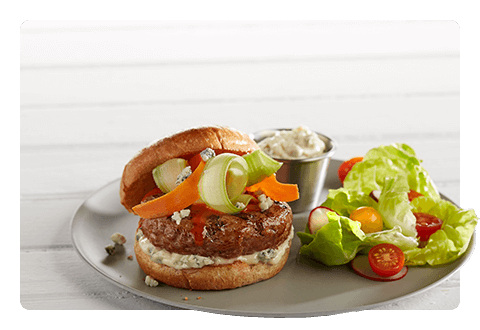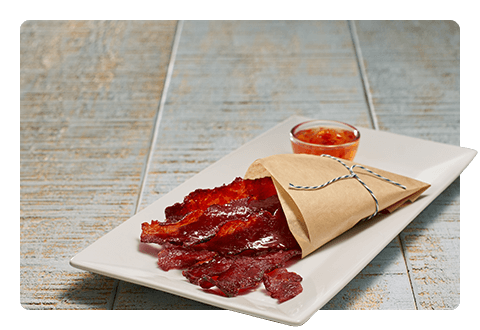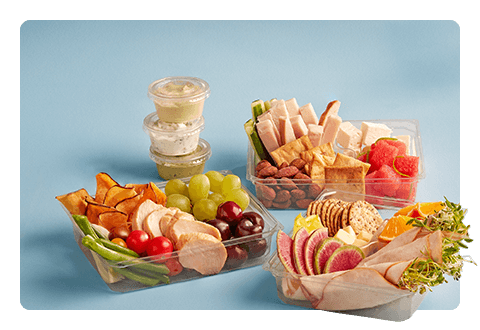C&U Operators Face the Return of Campus Dining
July 2020
Many colleges and universities are planning to reopen following a semester either cut short or moved online by COVID-19. While some students and staff are eager to return, others feel uneasy. This is especially true when it comes to dining on campus, as nearly 40% of students say they don’t plan to buy or eat food from an on-campus dining location out of safety concerns. To alleviate these worries, operators can take numerous steps to reassure all guests. This includes frequent handwashing, disinfecting high-contact surfaces and enforcing face coverings among other careful measures.
First, social distancing will be necessary inside these previously crowded halls, although it may seem to contradict their social purpose. Students must be spaced six feet apart when lining up for food, but what happens when they sit down to eat? The American College Health Association recommends limiting the number of tables and diners per table in the venue. As a result, schools like Boston College are exploring opportunities for indoor and outdoor seating.
Dining halls will also no longer offer self-service. Instead, more grab ‘n go items, which are already on the rise in this segment, will be available. At Boston College, equipment for buffet and made-to-order stations are being reused to hold grab ‘n go items instead of serving bulk foods. Pivoting away from these setups may lead to worry about less choices, but pre-packaged food can still be full of variety. This Turkey Bento Box packs all kinds of flavor across three compartments.
In addition to grab ‘n go, operators can reduce contact in other ways. Inside dining halls, students can swipe their own cards instead of cashiers. Digital menu boards, takeout lockers and pop-up pickup locations cut down on touchpoints, too. Contactless payment is hygienic, user-friendly and comforting to these scholars. In fact, half of them say they would be more likely to order food on-campus if the venue accepted digital ordering and payment, whether it’s online or through a mobile app. Even before the pandemic, Kentucky Wesleyan College implemented a cashier-free system with positive reception.
Still, some people will want to avoid the traditional dining space. That’s why it’s important to have services available outside of these venues. Mobile carts and ordering kiosks are convenient and can be positioned in less crowded areas across campus. Vending machines and other outdoor stations can also help diners practice social distancing.
Many campus dining changes involve features that were already trending in this segment. Grab ‘n go suits busy schedules and reduces the amount of time people spend within the same vicinity. Contactless payment saves on labor, such as cashiers, and presents an opportunity for 24/7 service. As institutions plan their reopening, there’s no better time for them to innovate. Operators can continue to adapt, always prioritizing the safety of students, staff, faculty and guests.
Have you heard about other shifts in campus dining? Feel free to share on Facebook or LinkedIn. To catch up on industry trends and insights, browse our Resource Center.
SOURCES
Adapt, adjust, adopt: The three A’s of ensuring equipment is ready to meet feeding needs, FoodService Director, May 2020.
College Students Expect “Contactless” Foodservice on Campus Post COVID-19, Total Food Service, May 2020.
Dwyer, Steve. College dining makes plans to pivot for the fall, FoodService Director, June 2020.
Nash, Kelsey. Cashierless on campus, FoodService Director, May 2020.
Wippman, David, and Altschuler, Glenn. How Colleges Can Keep the Coronavirus Off Campus, The New York Times, June 2020.



